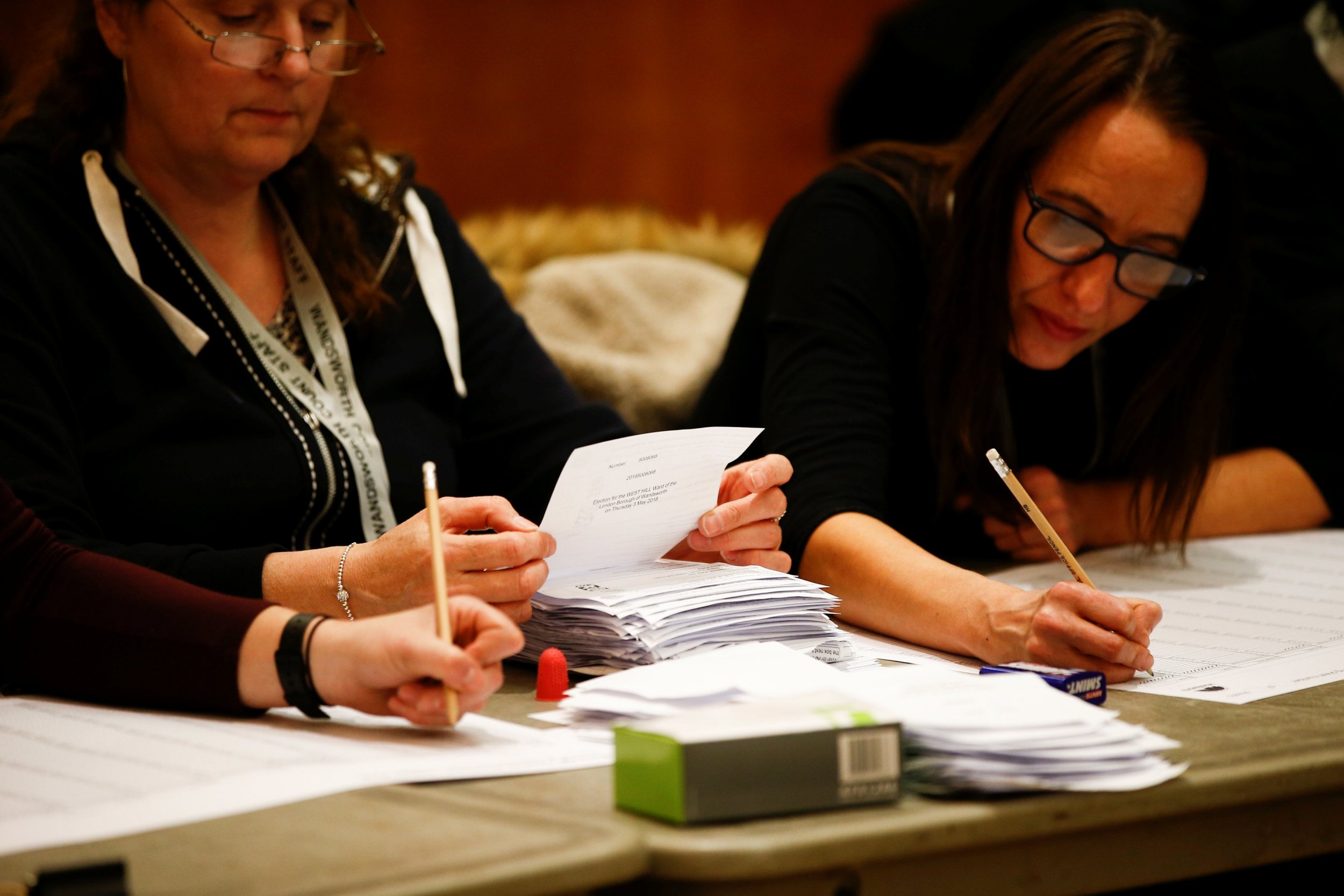To understand how widespread print media was used, we can look at the spending across the big political parties in the UK. During the 2015 General Election, we found that the Conservative party spent the most money during its campaign – totalling 15.6m.
Labour closely followed by spending 12.1m, Liberal Democrats with 3.5m, the UK Independence Party with 2.9m, SNP with 1.5m, and lastly the Green Party which spent 1.1m.
Of course, some parties had higher marketing budgets than others, but the way they spent was entirely different – each had their own set of priorities that they thought would benefit them in the run up to 10 Downing Street.
The success of print
Research discovered that Labour spent over half of its entire budget on print (7.4m). This major investment highlights the importance of print media, and the impact it can have on a large audience, and shows that it is still relevant today. One reason as to why Labour spent this amount of money on print media is because 45% of people get their political news from a newspaper – with The Guardian being most popular at 16%.
Was there a reason behind Labour’s lack of focus on digital media? According to YouGov, only 15% of people reported that they received their political news from Facebook and 8% from Twitter – showing that, although the world is going digital, more people trust printed information in comparison to information that is displayed digitally.
In 2017, research showed that Britons trusted the television more than any other media outlet (42%) during the 2017 General Election. Print media came in at 32% whilst social media influenced only 26% of people. With algorithms changing constantly, more people become distrustful towards online social media platforms, as they try to enhance the experience with what they think the user wants to see – not necessarily showing the full picture when it comes to who to vote for. Print media has a duty to be impartial, and give political parties equal space to get their points across – evidently, this isn’t the same case for social media platforms.
The good thing about flyers and posters is that they can be customised to the individual based on where they live. This can help political parties immensely, especially when they’re trying to win seats and help their representative succeed across different authorities. But what are the common methods that political groups use when advertising in print?
Campaigners can create leaflets based on topical local issues. For example, if there was an area in which more schools were facing closure, they would capitalise on this and address it in their flyer, reassuring potential voters about what they would do to fix that issue.
Or, if the party is not currently in control of that area, they could blame the problems on another party. Politics is a difficult game, but influencing an audience can be easy. There’s a huge misconception that print media is dying – but it’s not going anywhere and the influence it has on an audience is recognised by anyone working in business.


